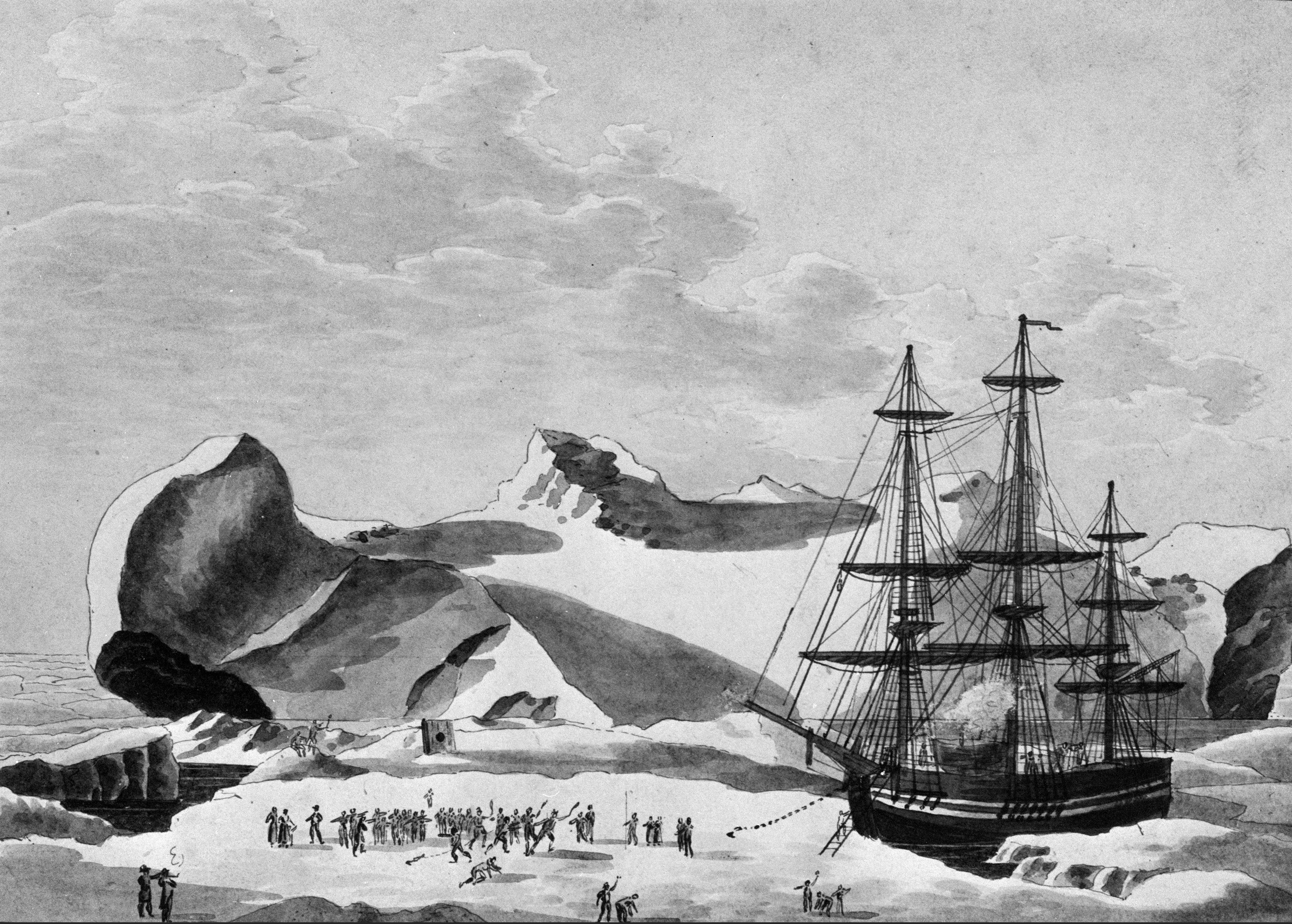This is a poem (sonnet) of William Shakespeare which is interpretable as almost everything in the world, (I think that the poems are particularly matter of interpretation), in several ways and I have to say that this post is going to be the most strange post that I´ve ever put here by now, likely because my boredom or a kind of pre-holyday syndrome.
I found the poem by chance looking for more information about the Peglar Papers, specifically putting this phrase in google:
'Oh death where is thy sting? Oh grave thy victory?'
Which is in the first letter of St Paul to the Corinthians (15:15) and which appears in the book found in the lonely skeleton found in KWI in 1851, the called Peglar Papers. (By the way, I highly recommended you to read the whole blog Aglooka).
Then let not winter's ragged hand deface,
In thee thy (you) summer, ere (before) thou (you) be distilled:
Make sweet some vial; treasure thou some place
With beauty's treasure ere (before) it be self-killed.
That use is not forbidden usury,
Which happies those that pay the willing loan;
That's for thy self (yourself) to breed another thee (you),
Or ten times happier, be it ten for one;
Ten times thy self were happier than thou art (are),
If ten of thine ten times refigured thee:
Then what could death do if thou shouldst depart,
Leaving thee living in posterity?
Be not self-willed, for thou art much too fair
To be death's conquest and make worms thine heir.
I´ve found more than the only coincidence mentioned with that phrase so I thrown myself on this chimera and bizarre labour, and at the end of all this strange work here is my logical interpretation made phrase by phrase:
NOTE1: Please, don´t take it seriously, it is just that I wanted to do force some connection between the poem and the sad history of this man who died alone (or not) on that place.
NOTE2: But...what if Peglar-Armitage-Gibson wrote that thinking on this poem??? Well it could be although I really doubt it.
Here it is my interpretation:
(1) Don´t let the winter harm you: He refers to the ships blocked by the ice floes and the necessity to land and of the beginning of a long and desperate journey.
(2) In the summer you´ll be taken something that becames vital to survive: carrying their own supplies?, hunting? fishing? any other source of food? (thinking on the worse measures).
(3) the vials are of course the famous tins or cans, and the sweet is the sweet flavour of the lead dissolved on their content.
(4) The same source of life (food) is the same that is going to kill you (poisoned by the welded lead cans?) (or their conscience killed to appeal to the last resource?)
(5) If we refer to the second explanation of the (4) it is not a forbidden use because your life depends on doing what you have to do in order to survive.
(6) This could make happy to those who were used to let others live. (I doubt it)
(7) Suppossing you would have made the same for others (not counciously of course).
(8) Obvious that more can breed more (chilling thought)
(9) the same than before
(10) You will recover your strength
(11) and what could do the death? this is the connection with the Letter to the Corinthians.
'Oh death where is thy sting? Oh grave thy victory?'
(12) They, the men, the explorers, will continue living in the memoir of those who known the tragedy and of their relatives.
(13) This is hard to ascertain, but it would be something like "don´t be proud for doing what the necessity oblies you to do" (I am afraid that this thing is slightly picked up (or grab?) with tweezers).
(14) And finally and no less important, that the death of these men involved the strongest subsequent attempts to discover the Northwest passage, as worms trying claim the price.







.jpg)



.jpg)


